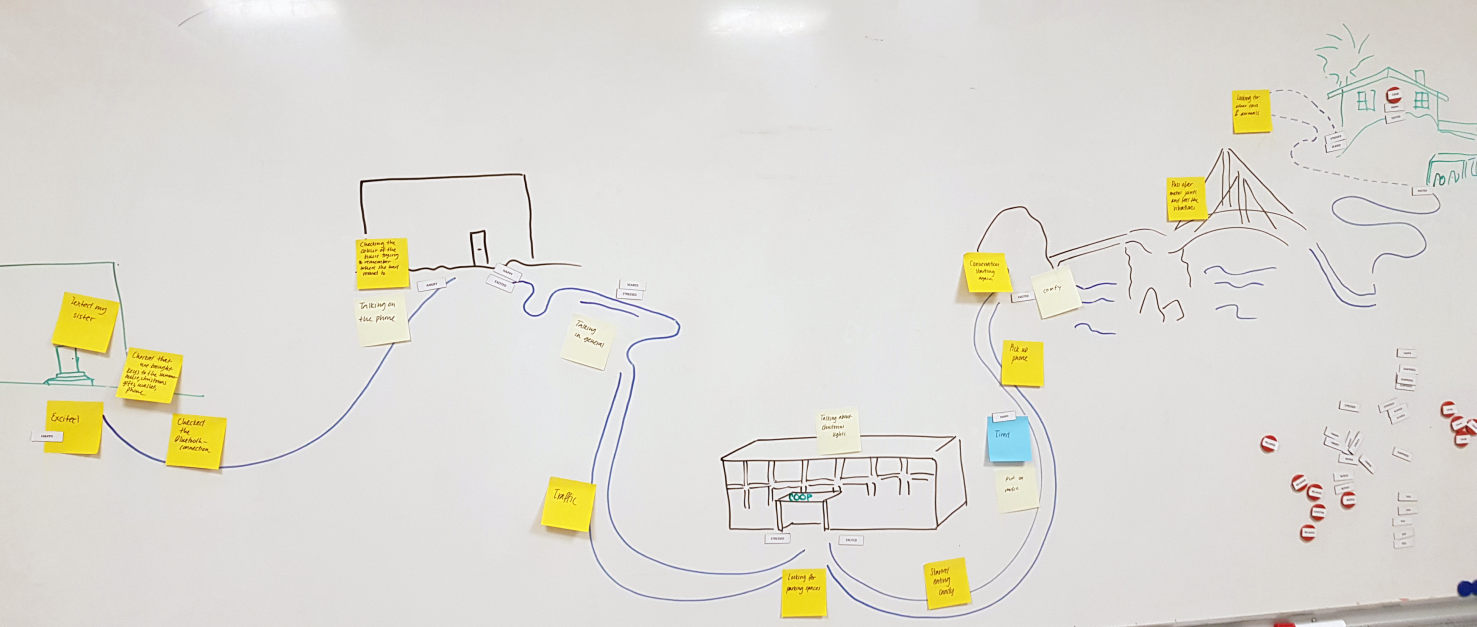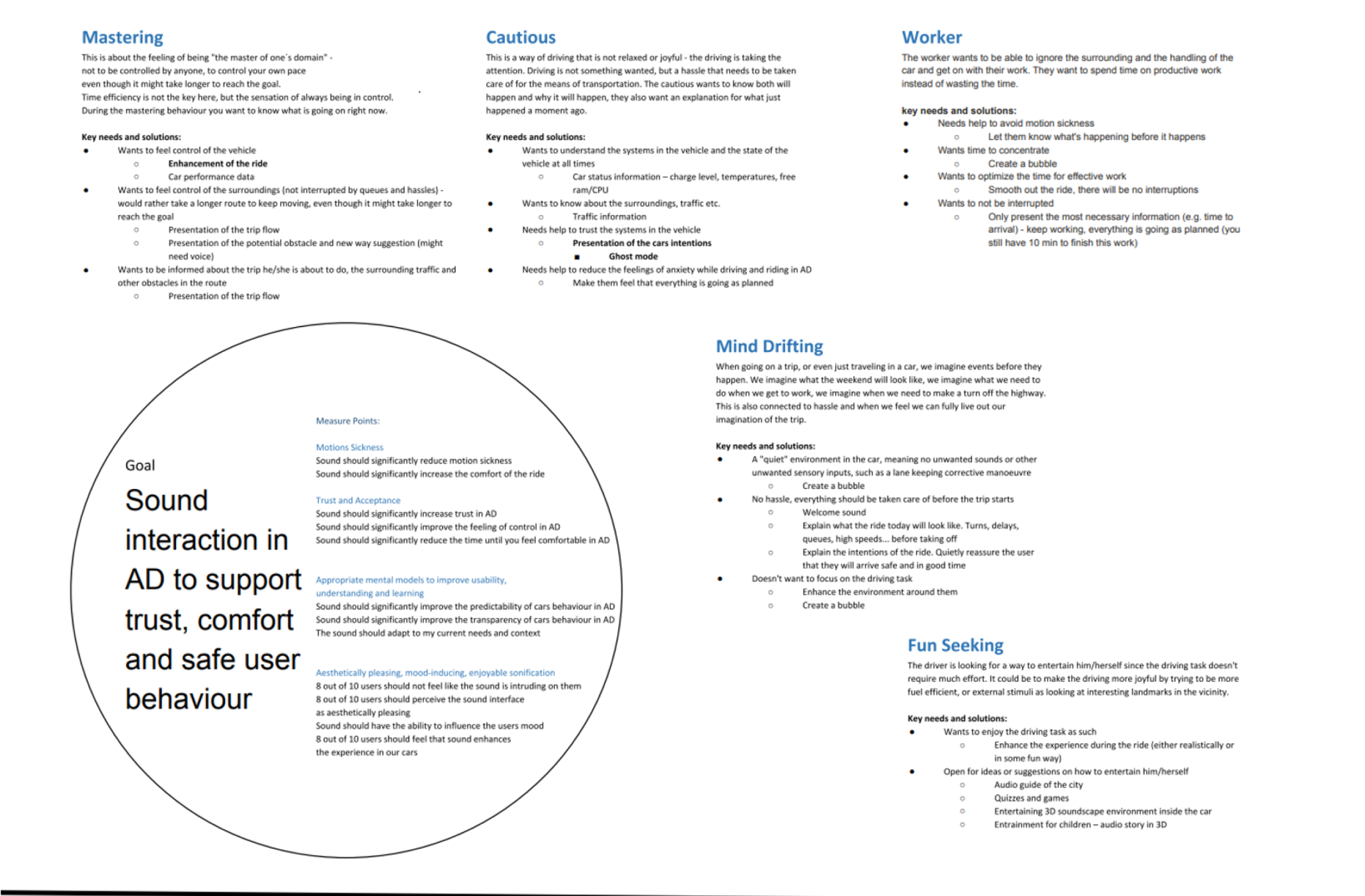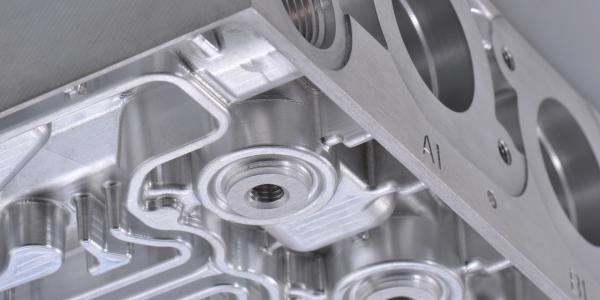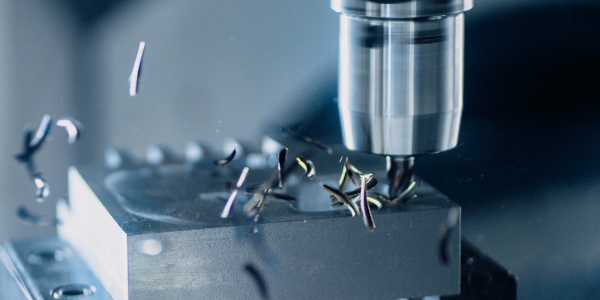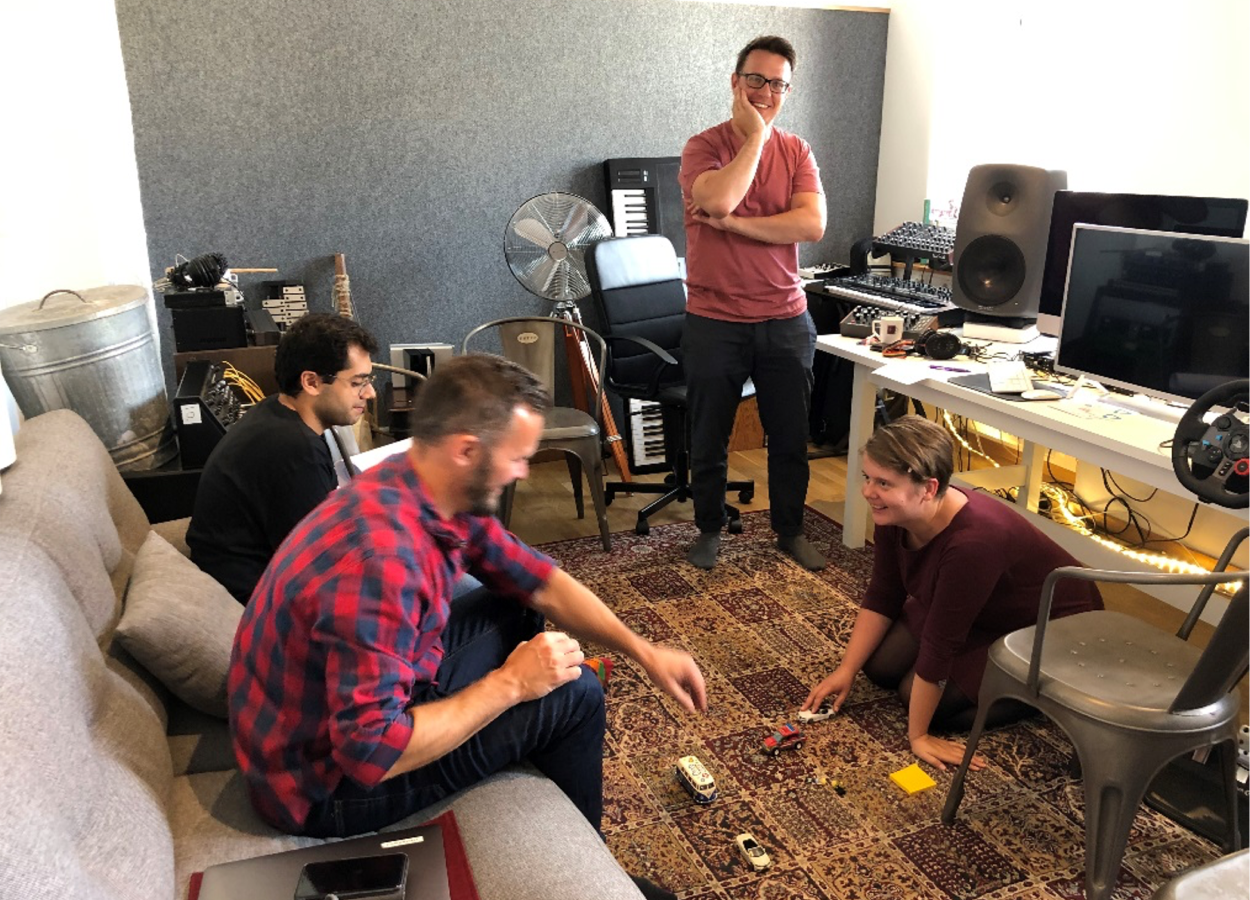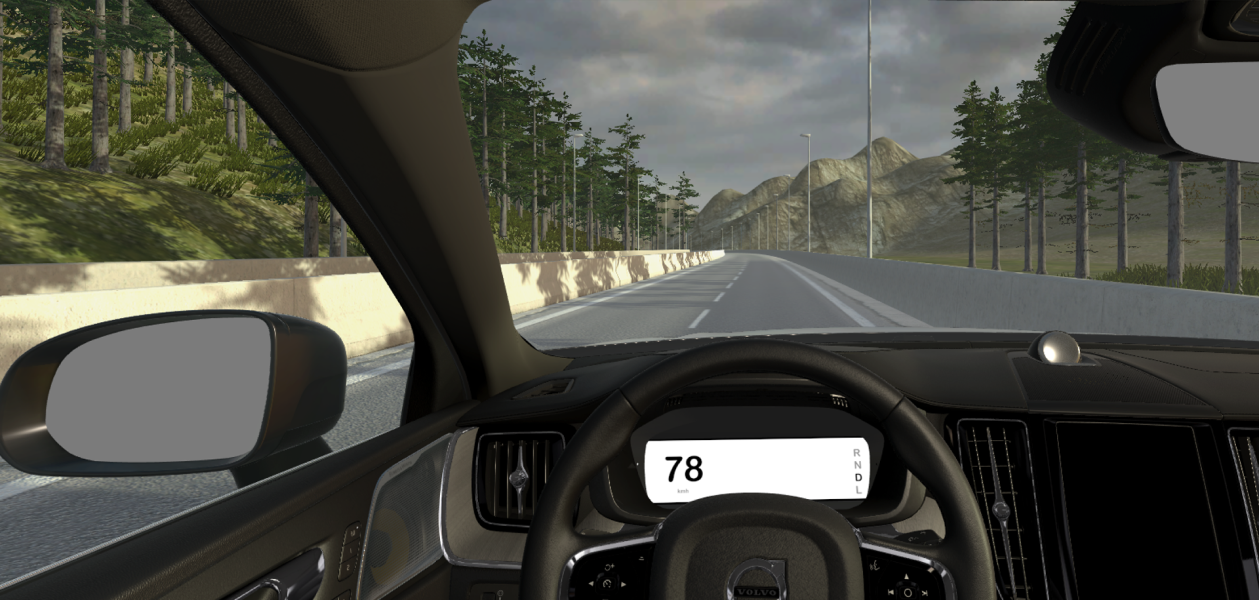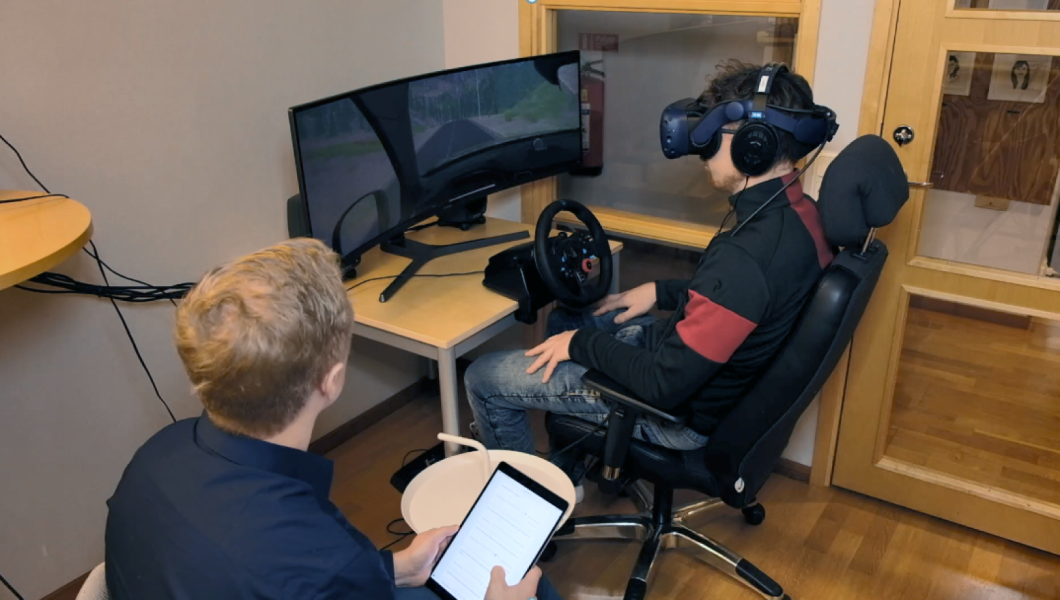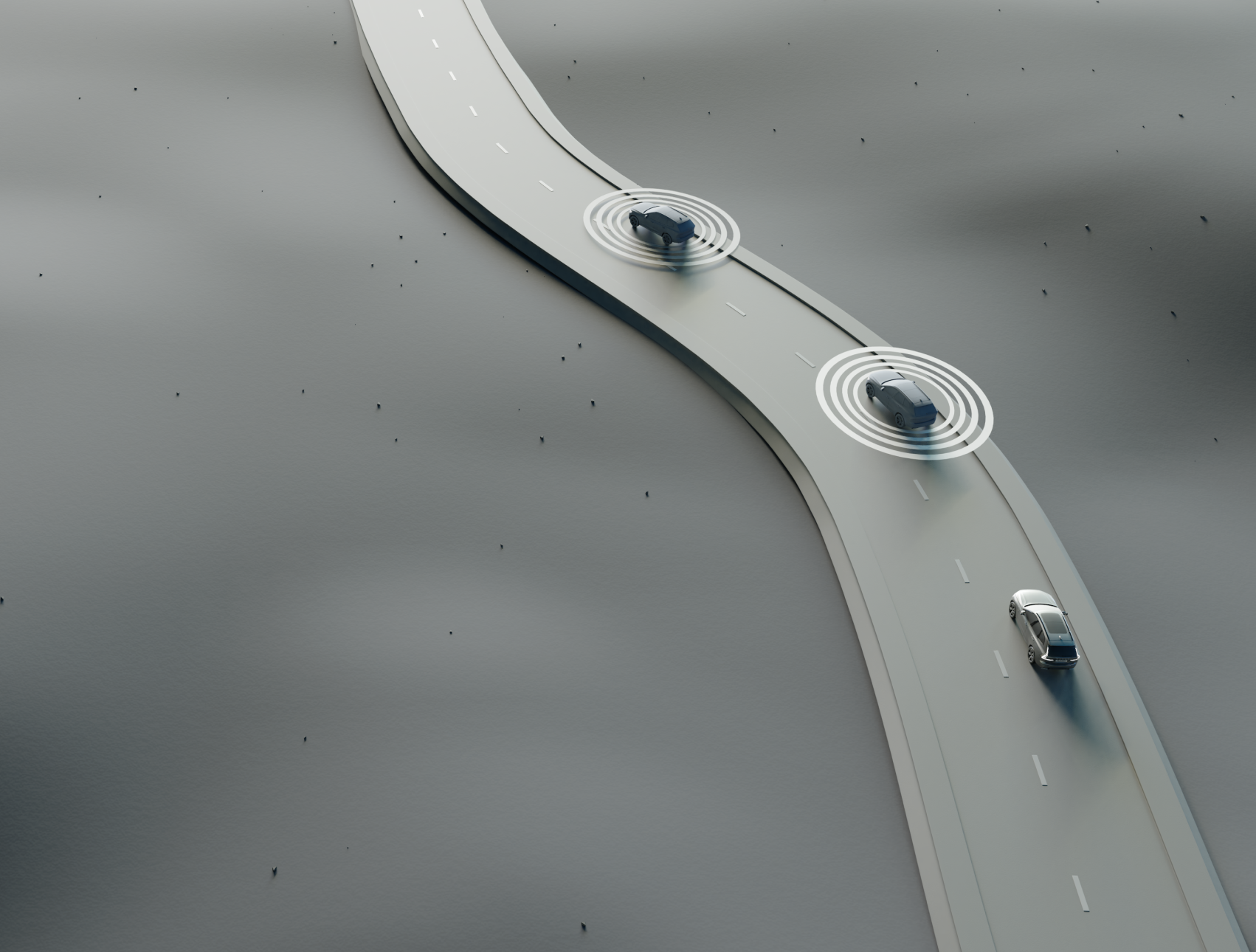The Brief
How can we use sound to enhance trust and reduce motion sickness in self-driving cars?
In 2015, Volvo Cars made an effort to enhance the sound design of our vehicles for a more pleasant experience. This project aims to take that idea further by exploring how sound can be used in a more functional manner in cars.
Could the use of continuous sound help passengers prepare for upcoming changes in direction, speed, and road conditions?

Continuous sounds are sounds that can be continuously varied through modulation. A common example are modular synths.
